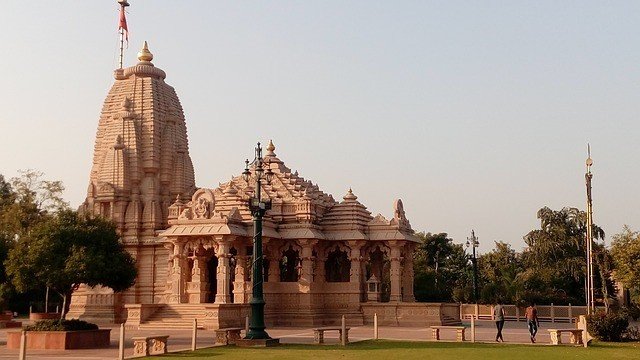
In this article, we will discuss the facts about the economy of Hindu temples.
Churches and mosques collect monthly or weekly subscriptions to run the mosques and churches and for other religious activities. Do you know that Hindu temples do not collect such regular subscriptions from devotees? In the background of this fact, it would be interesting to know how the economy of Hindu temples works.
Hindu temples require money to meet the daily expenses of the temples such as garlands, incense sticks, Prasadam, the salary of the temple staff, expenses on the festivals, charity, etc. As Hindu temples do not collect any subscriptions they have to largely depend upon other sources of income.
Hindus worship God in the form of an idol mainly. They offer coconut and garlands to their deity. They also do regular Pujas called Abhishek. This is one of the Hindu customs. The number of coconuts they get is large in number. Therefore, some of them are sold back to the merchants and some of them are sold to devotees as Prasad. People also offer clothes and other things. These things are also either sold back or are deposited in the trust.
Hindu temples receive generous donations from devotees. This is a good source of income for Hindu temples.
Some temples are taken by the government. So, the government looks after the temples.
Some temples have their trusts and these trusts do have lands, valuable ornaments, money, etc. They deposit these things in banks and earn interest for them, which is in turn used for the development of the temple and other activities.
Some people offer free services like cleaning the temple, etc. Some people provide things like garlands, Prasadam, incense sticks, etc. free of cost. This also helps a lot.
Thus, the economy of Hindu temples runs smoothly without any regular subscriptions.